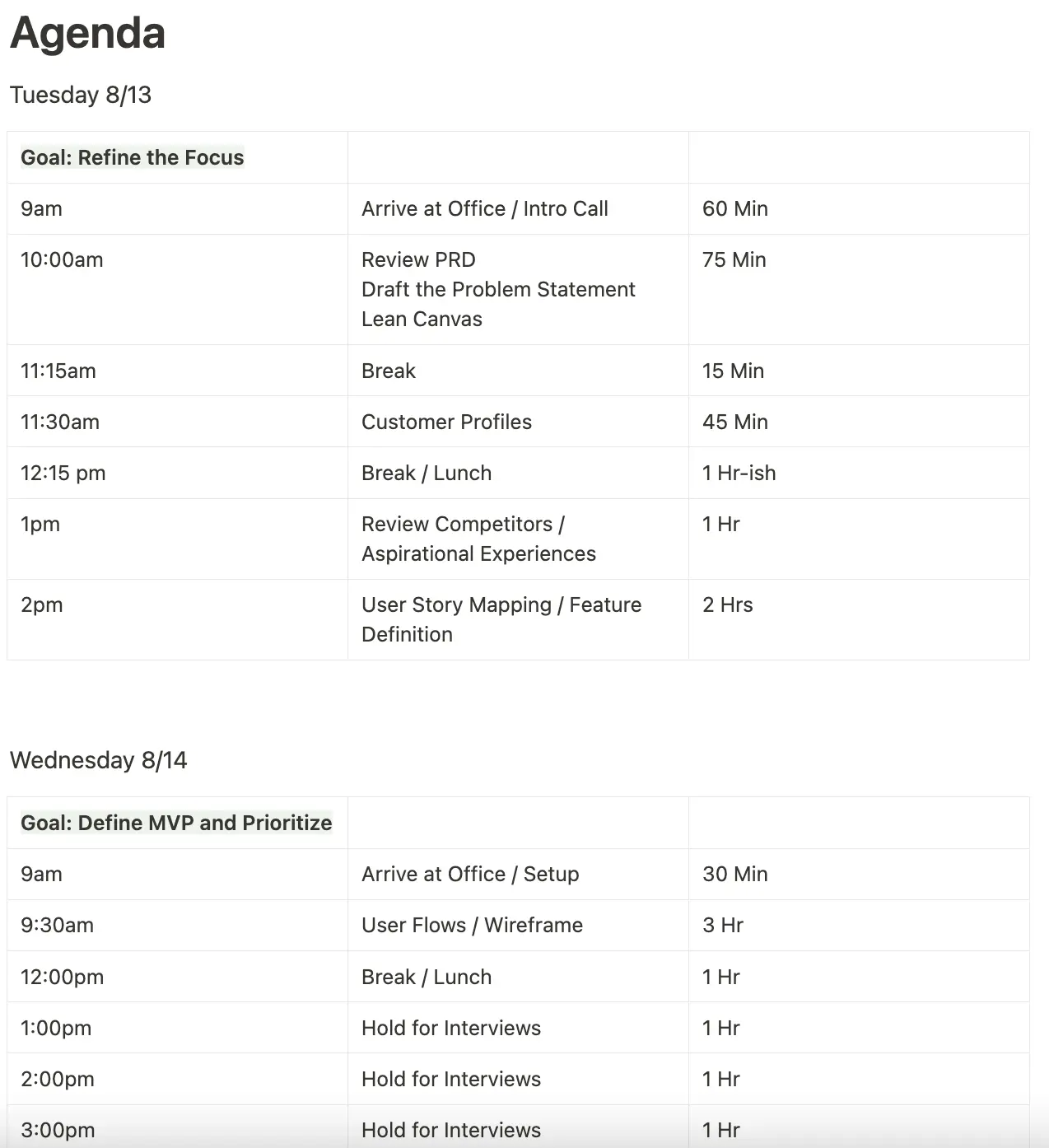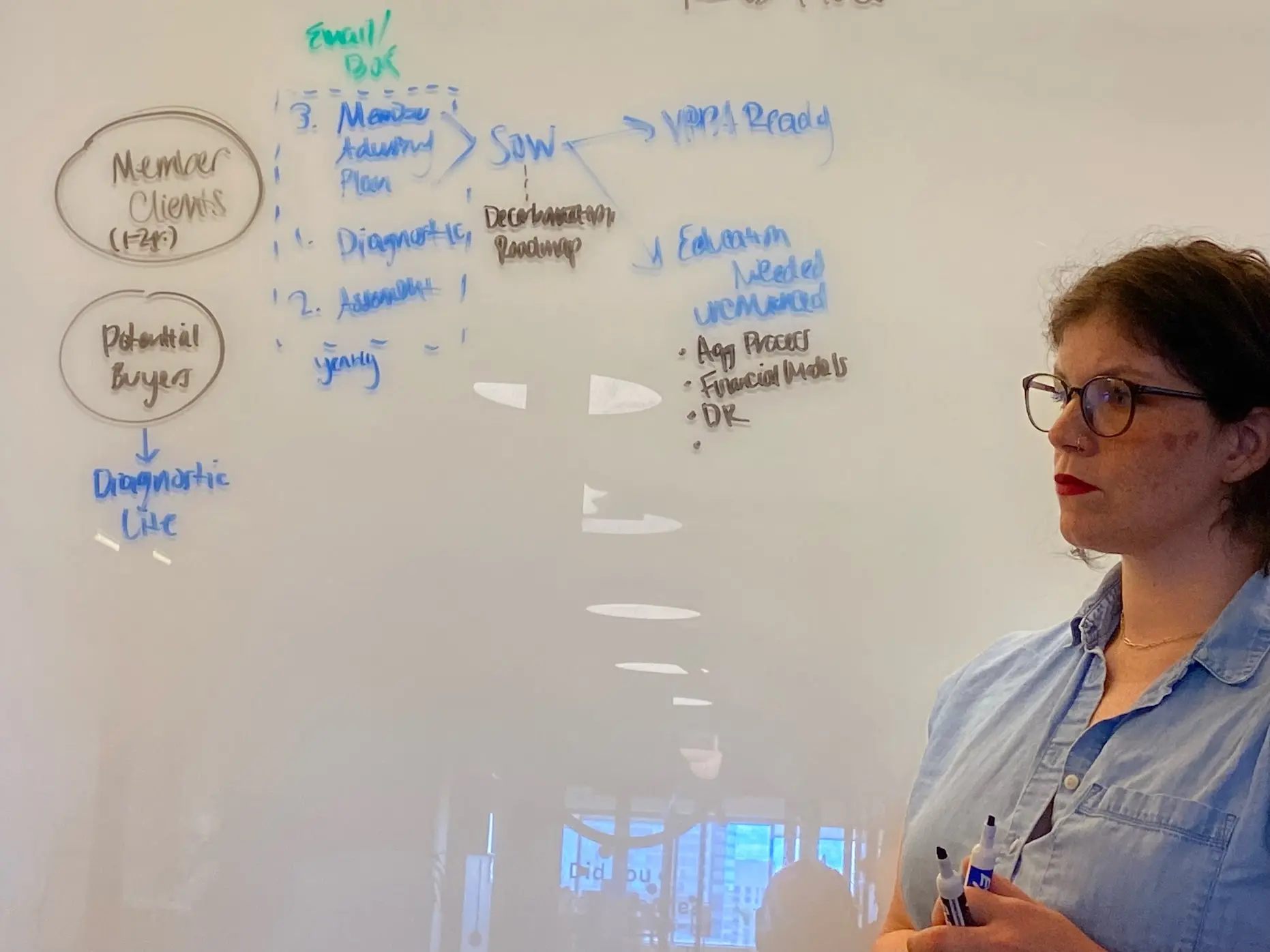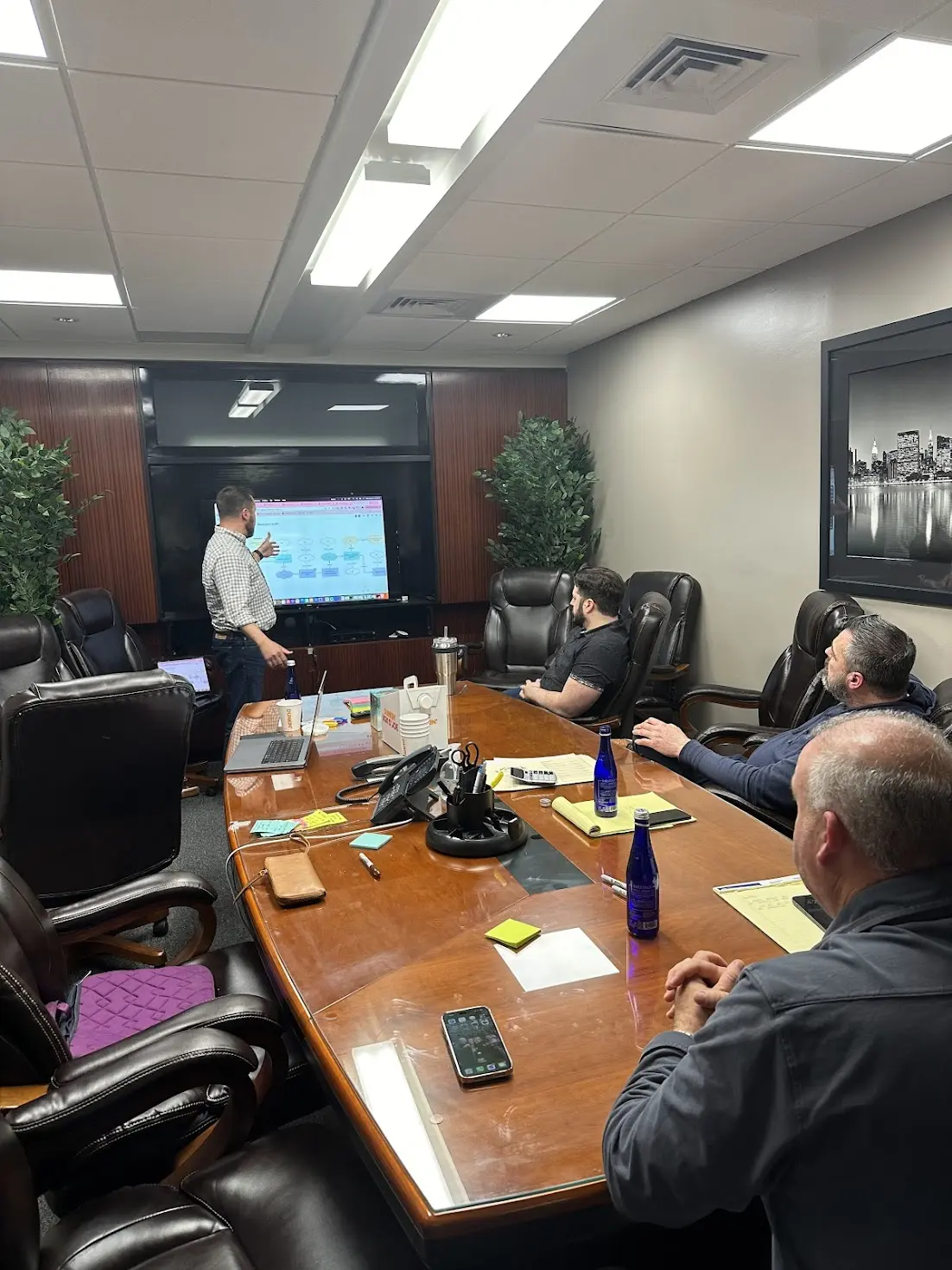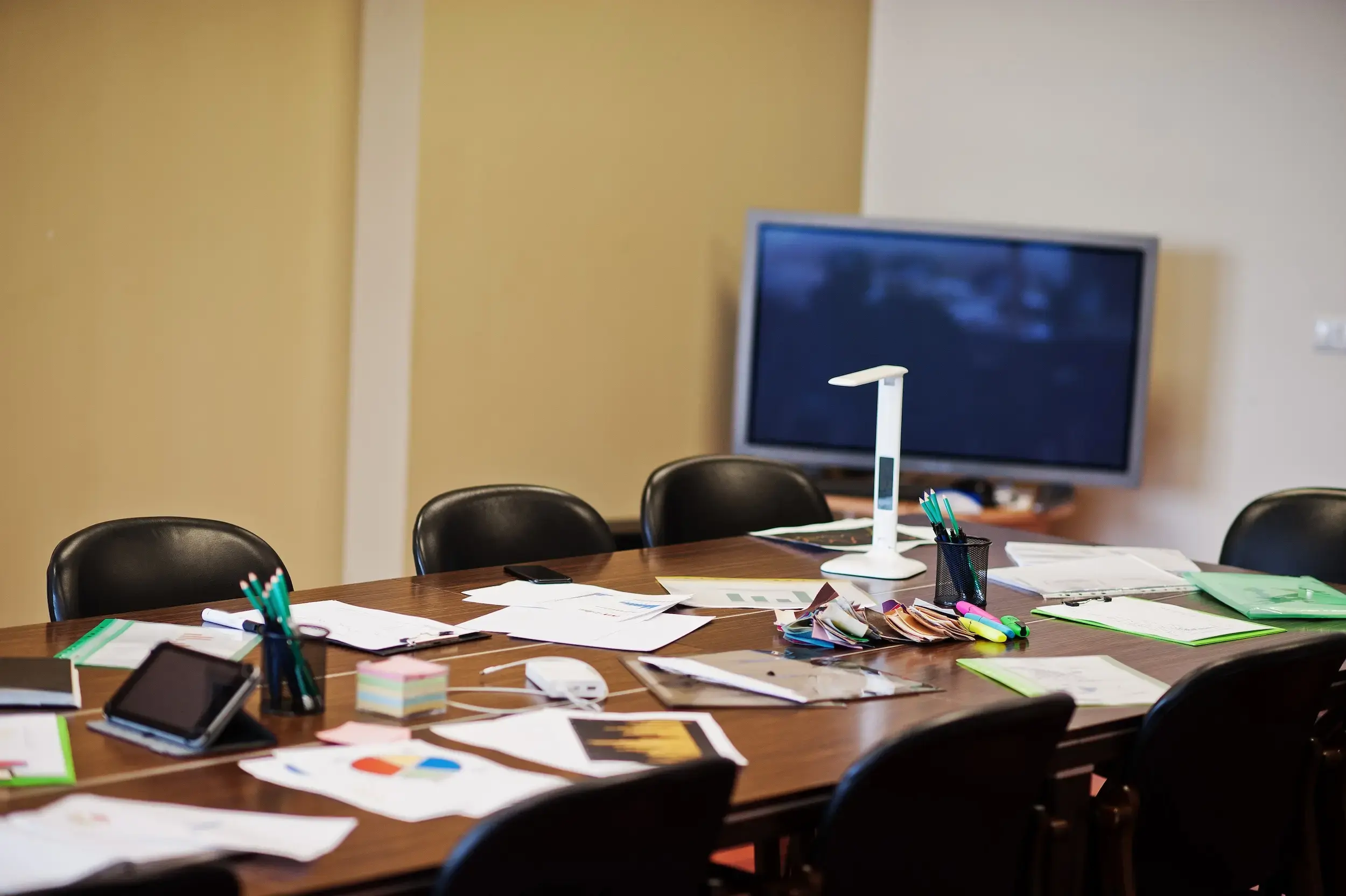Whether you’re part of a startup or a large-scale enterprise development team, you need to save time, money, and resources. Elixir and LiveView Native do that for you. Learn all the ways Elixir can help you launch a better digital product faster and more efficiently by reading our free Ebook, “The Business Value of Elixir”.
When every tech company in the world went remote for COVID-19, DockYard was already well prepared after going fully remote in 2016. Since then, we’ve been witness to all of the other companies who finally caught wind that remote work unlocks a mutually beneficial system where we can expand our talent pool, support work-life balance, and reduce our carbon footprint. While we found great success in our remote culture, it comes with its challenges — especially at the start of a project. When our clients engage with an agency like ours, there’s a lot of excitement in the kickoff phase. But we’ve found that it can be hard to direct a lot of this energy into establishing the relationship and setting expectations. Some folks on the client side may not have joined us in the business development phase as main decision-makers, so we don’t always know how we are being introduced to the existing team. We’ve adopted a model to push in-person kickoffs as we establish the product strategy. Here are some of our findings.
Preparation
Once we get the green light via a Master Services Agreement (MSA), we begin to plan the travel. We’ve found that 2.5 days has been a good sweet spot to get a lot accomplished but within a finite set of days that forces us to prioritize and shelf anything outside of that priority. The team arrives the day or evening before the meeting with enough time to do any last-minute prep and rest.
Agenda
Our agenda is based on activities we need to complete with time estimates based on historical data. Keeping them time-boxed allows us to move forward when conversations start to steer. Day one requires the most client involvement as we establish what we know about the business and the problems we are looking to address through a series of workshops and discussions. If a client has already gone through these types of exercises, we review their assets and make updates.

Day two is reserved for some heads-down time for design, strategy, and engineering to start drafting wireframes, user flows, and story maps. We take the first “bet” we determine to work through or problem to solve and we draft the solution based on requirements, what we know about the user through personas, and how the business would support it. Usually, the next phase of the project will be to build the minimum viable product (MVP), so we need to get to the feasibility of the initial flow as quickly as possible. We’ve had great luck in creating these concepts early because we can speak to current customers to gain feedback through user interviews. These have even happened during the onsite when we can connect with someone dropping by the office or pop into a quick meeting.
Day three is our flex time where we have a short agenda for the half day but we leave it open for anything that needs more time from the first two days.
Client Prep
We prep the client with the agenda as soon as possible and start discussing stakeholder involvement and availability. We’ve found that when we are traveling on location to offices, folks are more encouraged to give us a their time and shift around pre-existing meetings. Our stakeholders are usually C-suite, directors, and sometimes managers (outside of the individual contributors we work with). Their time is extremely limited, so we make it known that we need the most of day one and they can pop in and out on days two and three. Sharing information like this with the client ahead of time emphasizes that we see this engagement as a partnership.
Another ally we try to make is the office manager, executive assistants, and anyone else who can assist us in schedules and room preparation. These folks are critical to ensure we have the room space we need, tech hook-ups for our screen sharing, and any other office supplies we may need which is usually whiteboard and post-its.
Conducting Onsites
Besides prepping our Whimsical boards and dusting off our real pants, we create an onsite deck that we take everyone through. This may mean going through it a few times with different factions of the company. The onsite deck outline includes:
- Who DockYard Is
- Why We Are Here
- What We Will Accomplish During Onsite
- What We Will Accomplish for Delivery
We include the main activities and deliverables from our proposal deck since it’s helpful to remind everyone (even the decision-makers who hired us) of the “why” we are all making this investment. Repetition is key. Don’t forget the Rule of Seven that it takes around five to seven times for new information to set in.
Energy and Flow
Onsites contain a lot of adrenaline, excitement, and coffee. They can be extremely exhausting which is why we find it best to limit to 2 to 3 days. There is a reason we are intentional about when we use them because they are a sprint to start the marathon. It can also be hard to get a lot of opinions in the room. Here are ways I find to help me stay in control and focused.
Set up a parking lot
When out-of-left-field ideas come in or we’re off on a tangent, I am not afraid to add items to a parking lot. This is a set space where we throw up ideas we can’t act on now but want to remember for the future. This also helps establish a culture of “no bad ideas.”
Whiteboard concepts and flows
I don’t wait for a time to start using the whiteboard if I have it available. When we’re doing a brain dump from a lot of teams, it’s best to get up and start creating a shared understanding through a visual medium. It also helps us start to understand where the problems lie and where technology can enable a solution (manual processes, delays, unnecessary repetition, etc.)
Control the room
With a background as an improv teacher, I have an unfair advantage in owning the energy in a space and breaking up awkwardness. I can only tell you what I tell myself when I enter a room that I have to run: “they are paying you to be here to help alleviate these pain points.” I try to take a deep breath and remind myself we are all on the same team.

Social Connection and Trust
One of the most significant advantages of an onsite kickoff is the opportunity for team members to connect on a personal level. Face-to-face interactions foster trust and camaraderie, essential ingredients for effective teamwork. We found a team dinner is a great end of day one event with the adrenaline still going. I would suggest just one team dinner and save the other social interactions for lunches and breaks. An onsite kickoff can also be an opportunity to reinforce company values and culture. By sharing success stories, highlighting core principles, and celebrating achievements, teams can cultivate a shared sense of purpose. This alignment can be particularly motivating, especially in larger organizations where teams may feel disconnected from the broader mission. It also gives us the chance to observe the team and culture firsthand. We can sit in on meetings, see how the office runs, and start to understand the larger purpose driving the teams.

There’s also something about being in a new environment that sparks creativity. Onsite kickoffs can provide a fresh perspective, stimulating innovative ideas that might not surface in a traditional office setting. By encouraging brainstorming sessions and open dialogue, teams can explore new possibilities and solutions to potential challenges. It can also serve as a motivational boost, invigorating the team as they embark on a new project. This enthusiasm can carry through the project lifecycle, fostering a positive atmosphere that encourages engagement and productivity.
Conclusions
While remote collaboration has its merits, the benefits of onsite kickoffs are hard to ignore. From building relationships and clarifying goals to fostering creativity and addressing challenges, these gatherings can significantly enhance project outcomes. Investing in an onsite kickoff may require time and resources, but the long-term advantages often outweigh the initial costs. In an era where teamwork is essential for success, bringing your team together in person can be the catalyst for extraordinary results.



